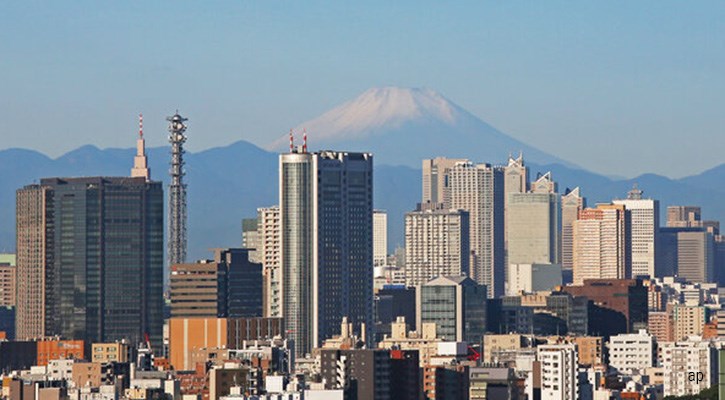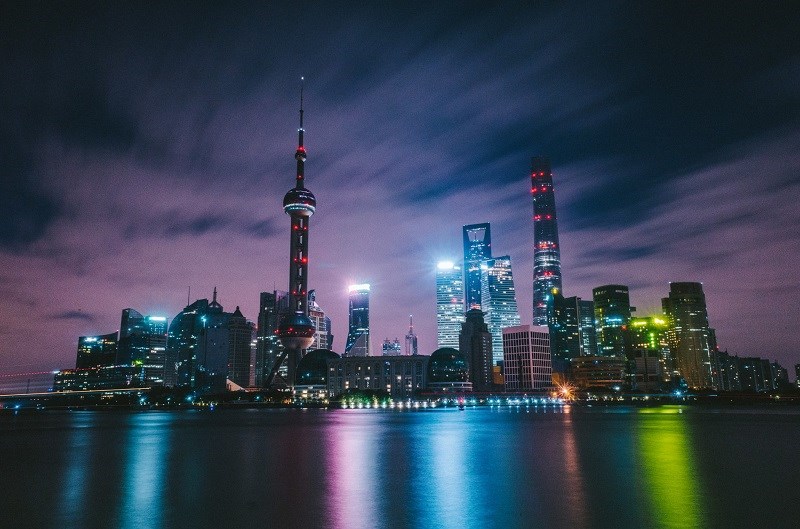But there are also reasons to be wary of the region’s prospects. The trends that drove the markets upwards in 2003 could go into reverse.
There is no doubt about the strength of Asian markets in 2003. The MSCI AC Far East Free ex Japan index rose by 40.8% in dollar terms compared with a rise of 30.8% in t
he MSCI World.
Of the main national markets Thailand stood out with growth of 134.3% followed by Indonesia with a rise of 70.0%. But it was the market for H-shares – Chinese companies listed in Hong Kong – which did best of all with a rise of 152%.
Many of the region’s largest markets underperformed the Asian average. Hong Kong rose by 32.5%, Singapore 34.2% and Taiwan was just slightly under at 40.0%. Malaysia was also a laggard with a rise of only 23.1%.
Several factors
A combination of several inter-related factors helped to push up the region’s markets. If anything developments outside the region were even more important than domestic factors in bolstering Asian shares.
Perhaps the key factor was the economic recovery in America which in turn was buoyed by low interest rates and a massive fiscal expansion. Such a recovery benefits the many Asian companies which are exporters to America. It also makes it easier for Asian governments to boost demand in their own economies since they can keep interest rates low.
A related factor is the weak dollar. Since Asian currencies tend to be tied to the dollar the region’s central banks have to maintain a loose monetary policy if the American currency is weak. Such a stance benefits market sectors such as banks, consumer-related companies and property.
Within the region the key development in 2003 was the growing recognition of China’s importance. Although China’s domestic market is largely closed to foreign investors developments within the mainland have a substantial impact on the region. For instance, it is linked to the rest of Asia through growing trade and investment links.
In addition, listings of Chinese firms outside of mainland China are becoming increasingly important. The listing of China Life, China’s biggest life insurer, in Hong Kong and New York, raised $3 billion (£1.6 billion) to make it the largest flotation in the world in 2003. And in the first week of this year there was the largest placing of H-shares ever of an existing company with Chalco, China’s largest alumina and aluminium producer, raising HK$3.1 billion (£220m).
Danger problems
But there is a danger that the strong dynamic towards growth in the region could run into problems at some point. If the American or Chinese economy stalls it could have a considerable impact on the market.
Ezra Sun, the manager of the four-star rated Newton Oriental fund, says that China-related shares, such as H-shares, are already in danger of becoming overvalued. As a result he started to trim the Chinese holdings in his portfolio in September while bolstering his assets in other markets such as Malaysia.
Andy Xie, a Hong Kong based economist at Morgan Stanley, has even warned that a stockmarket bubble is developing in Asia. “East Asia is usually in good shape when either the US economy is doing well or the dollar is weak,” he says. “When both happen at the same time, the region ends up in a serious frenzy”.






























